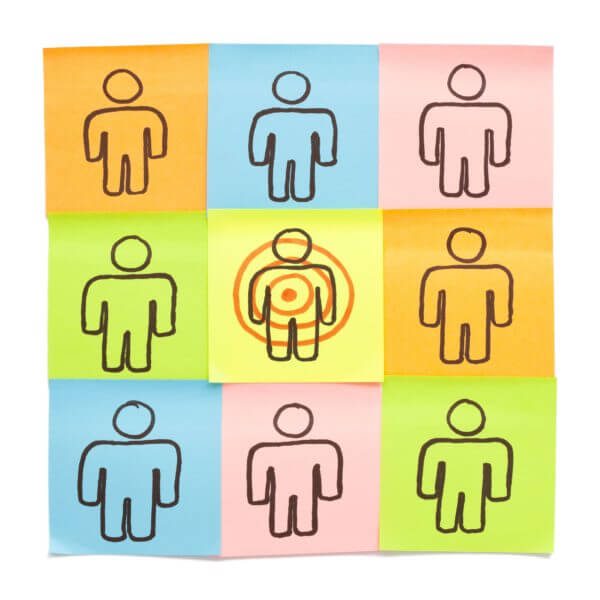The choice of a CRM (Consumer relationship manager) is not to be left to chance, nor is its use. It should be among the first technological tools to be implemented in business, since it provides you with the options and criteria to consider. If you do not have an CRM and you are wondering which one to choose, read this article. You will be able to select the right CRM and maximize it. You will then know how to take advantage of this unique tool.
Le CRM (Consumer relationship manager)
First and foremost, you need to know that CRM is the critical tool in customer relationship management. When properly selected and used, this system is second to none in terms of results and profits. Improved follow-up of customers, partners and leads is just one of the benefits your company will reap if it has the right CRM. If you use it properly, you will be able to collect a wealth of information on each interaction (call, email, appointment, follow-up) and better manage client cards. You can find out what products your clients bought, when and how often you spoke to them. Do they use social networks? If so, what are their interests? Do they have an account manager, have they moved recently? Even birthday dates can be included.
Do you see the strength of this management tool? A CRM isn’t just a system for compiling information about your customers, such as name, address and e-mail address. This technology gives you the ability to interpret specific data and have them shared with each other to get statistics. As a decision-maker, you can use the information to make more informed choices about your business, internal processes and customer loyalty. Remember that there are many opportunities when you have the right CRM and know how to run it.
How do you choose the CRM for your business?
There are many CRMs on the market: free and paid, custom-developed CRMs and standard models. These tools are all good, but they are not for all businesses. Before choosing your MRC, it is best to do an analysis to determine what your company’s needs are and which ones will need to be met by an MRC.? Also ask yourself the following questions: What do you want to track or measure with your MRC? Which tools are already implemented and used in the company (Exchange messaging, Office Suite, Cloud file server)? Remember that a CRM must be compatible with your internal software. This is important because your tools will need to communicate together to generate combined data and facilitate your operations.
Once you’ve identified your needs, you’ll need to choose your CRM on the basis of functionality, not industry type. Most entrepreneurs choose their CRM based on the fact that it is used by companies in their industry. This approach is flawed because it does not consider and generalizes the real needs and practices of the company in question. Beware of this approach. Analyze your needs, store around for CRMs, find out about features and choose the right tool. With this approach, you’ll make the right choice. If necessary, seek the advice of a business analyst.
Some tips on the CRM selection process
Selection: To ensure that you are properly targeting your needs and keeping them in mind when choosing your MRC, have a selection grid. It will help you compare CRM functionality with your requirements.
Installation: This step involves installing the CRM in your company’s existing software. Be aware that CRM must have APIs that allow it to communicate with other software. Check, for example, that the CRM can bridge the gap between your GMAIL mailbox and its infrastructure.
Tame it: CRMs are offering more and more information on how they work. Before choosing your MRC, find out about the support materials available, such as a Webinar or instruction manuals. This will allow you to take ownership of the MRC, understand its nuances and be fully autonomous in your use.
Configuration and optimization : Once your MRC is comfortable, integrate it into your internal processes. For example, you can create contact categories and personalized customer files, and integrate them into sales processes. If you’re good at it, you can even start linking your CRM to performance indicators (KPIs) such as a dashboard (Dashboard). You can also provide feedback on development actions and measure other internal processes.
Integration into day-to-day operations: To maximize your CRM and your investment, use it on a regular basis, every day if possible. Update it regularly to keep it accurate. Remember: the more you use your CRM, the more you will control it, the more surprised you will be at its performance.
What are the benefits of a good CRM?
You can obtain significant benefits for a business, including:
- Better customer relationship management
- Better communication between corporate departments (information sharing)
- More accurate assessment of customers and their consumer profile
- Tracking the evolution of the customer experience
It is often expensive and complex to acquire a new client. Why not build on your existing clients by retaining them and improving the quality of services? With the right CRM, you will have all the tools you need to manage your client relationships and make the right decisions about your business. Don’t deprive yourself of this technology, it will amaze you on so many levels. It is essential and accessible to everyone.
If you are not sure about your MRC, you can talk to WizeBa’s business analysts. They will be there to support you and advise you on your interests.
